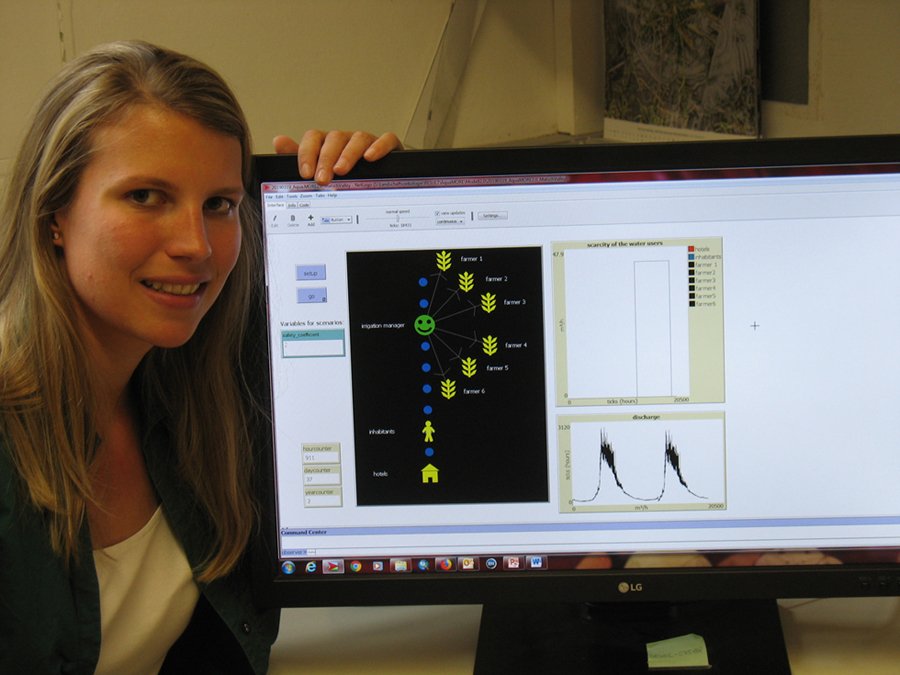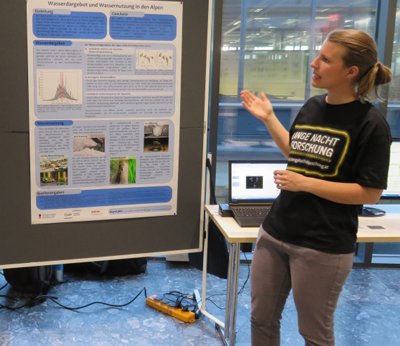Lisa Huber is a PhD-candidate and a member of the group Ecosystem and Landscape Ecology headed by Ulrike Tappeiner, which addresses the analysis of ecosystem functions and services. Within this framework, Lisa is funded by the Austrian Academy of Sciences (ÖAW) within the Earth System Science call project ‘RESULT’ and focuses on modelling various ecosystem services (ES) in Alpine areas and especially emphasizes the role of humans in ES supply and demand.
Up to now, most techniques of ES assessment only focus on the modelling and mapping of potential ES supply determined by current ecosystem structures, processes and functions. The provision of an ES, however, should match the desired level of provision by the society and is therefore inseparably linked to ES demand. Moreover, ES supply and demand are influencing each other: changes in supply can impact on demand and vice versa.
Although Lisa is studying a wide range of ES including provisioning, maintaining and cultural services, she recently set a special focus on water/hydrology related ES. In cooperation with the Department of Geography, she implemented an agent-based modelling approach (ABM) to study human and hydrological interactions.

In this approach, water resources (the ES supply) and socio-economic actors (and their specific ES demand) are represented by individual interacting agents. Certain amounts of the temporally variable water are distributed among competing water use sectors within the catchments, like agriculture, tourism or households. Water consumption influences water supply for competing users and, conversely, water supply influences water consumption because users anticipate and respond to water availability by modifying their water use behaviour.
By explicitly including the human demand side into the ES modelling, the novel modelling approach can improve assessments of the ES ‘water provision’ for various catchments. Up to now, she applied the model to two case study areas in the Alps, namely the Matschertal (Italy) and the municipality of Sölden (Ötztal, Austria).
Lisa Huber, DI
Research Group: Ecosystem and Landscape Ecology

